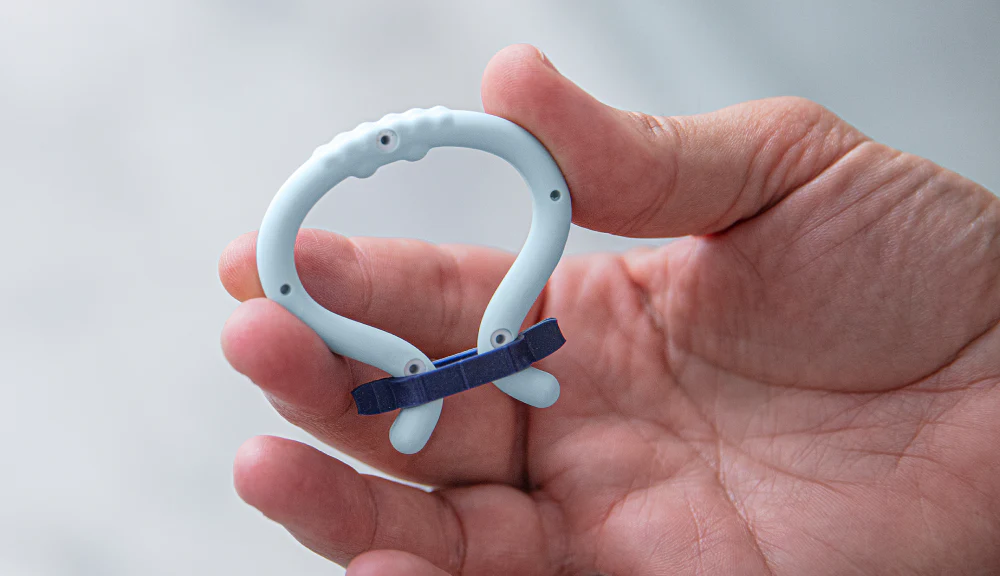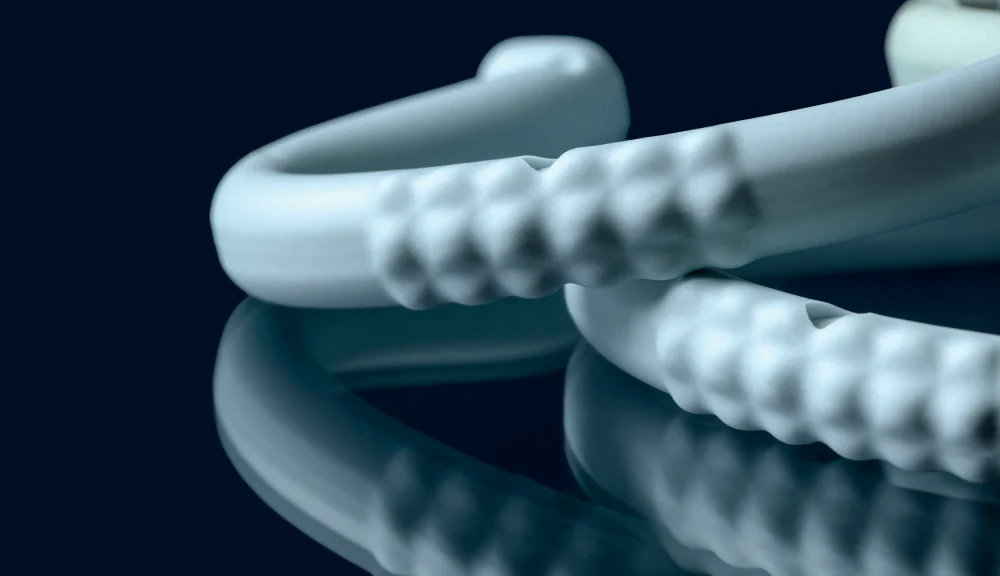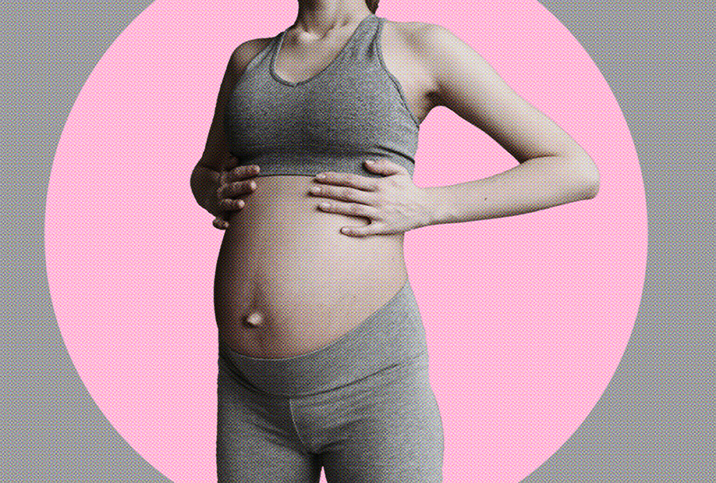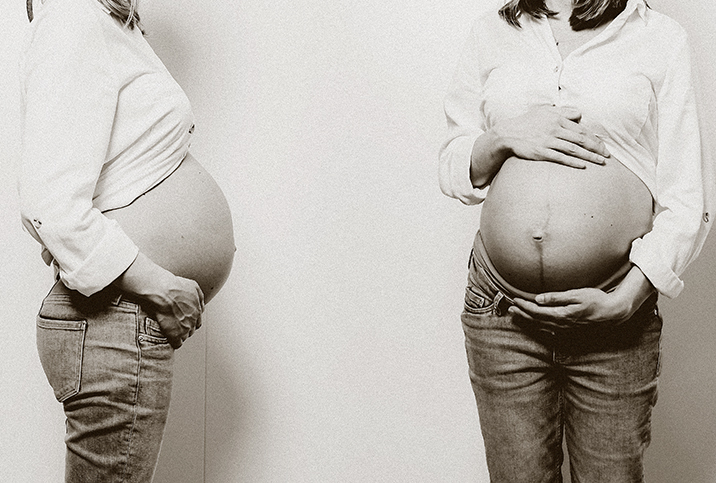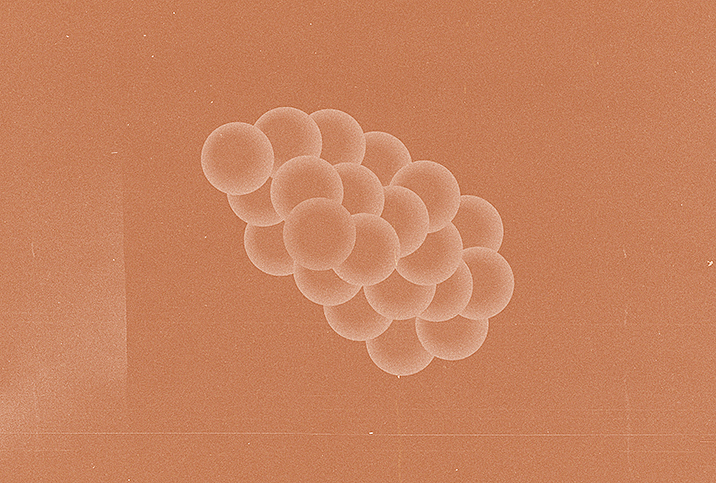Here Is What You Need to Know About Uterine Fibroids
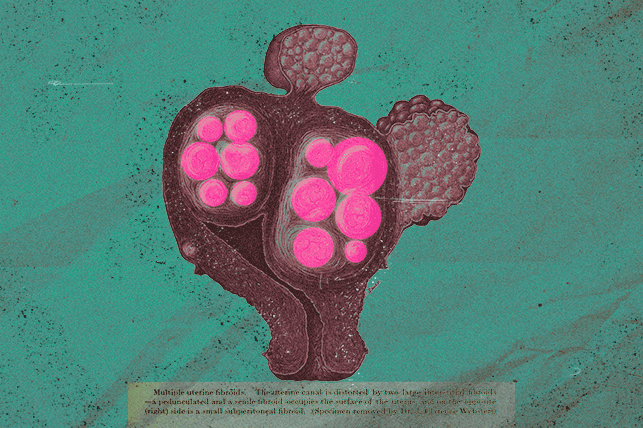
Approximately 11 million American women have uterine fibroids, also known as myomas or leiomyomas. Fibroids are essentially gynecological tumors, but fortunately, they are benign and not linked to an increased risk of cancer, according to Mayo Clinic.
If you've recently been diagnosed with uterine fibroids, you probably have questions. What exactly are they, how common are they and who is at risk?
What is a fibroid?
"Fibroids are noncancerous growths which develop from the uterus's muscle tissue," said Monte Swarup, M.D., a board-certified OB-GYN who practices at New Horizon Women's Care in the Phoenix area.
While the exact cause is unknown, their growth seems to be influenced by hormone levels. They may also be genetic, Swarup said.
Fibroids can vary dramatically in size and number. Some fibroids are so small they're not detectable with the naked eye. Others are large enough to distort the shape of your uterus or put constant pressure on your pelvis or bladder. You can also have one or many fibroids.
Symptoms vary because the size and number of fibroids can differ so greatly. Some people never know they have fibroids because they never experience pain or pressure. In other cases, a fibroid grows very large, potentially causing constipation, fertility issues, urinary tract infections (UTIs), heavy bleeding and more.
The good news is fibroids are rarely cancerous, Swarup said.
Types of fibroids
Your doctor categorizes your fibroid based on where it grows. According to the National Institute of Child Health and Human Development, these are the three main location-based types of fibroids:
- Submucosal. These fibroids grow under the uterine lining and bulge into the uterine cavity (sometimes called the womb).
- Intramural. These fibroids grow inside the muscular walls of the uterus.
- Subserosal. These fibroids grow on the outside of the uterus.
Sometimes fibroids grow from stems rather than bulging directly inside or outside the uterus. These are called pedunculated fibroids, which are considered a subcategory because submucosal and subserosal fibroids can be pedunculated.
How common are uterine fibroids?
Uterine fibroids are quite common. They're the most common growth found on the pelvis, according to Swarup.
Fifty percent of women have fibroids by age 50, according to the National Institutes of Health. However, some sources put the estimate even higher. Up to 80 percent of women develop fibroids, according to the U.S. Department of Health & Human Services Office on Women's Health (OWH).
Of course, a fibroid can be anything from a tiny lump to a grapefruit-sized tumor. So while uterine fibroids are very common, experiencing fibroid symptoms or complications is less common. About 25 percent to 50 percent of women with fibroids develop symptoms, according to a 2018 survey published in the Journal of Women's Health.
Who is at risk for uterine fibroids?
Anyone assigned female at birth can develop fibroids, however, some populations are more at risk than others.
A few general factors indicate a higher risk of getting fibroids, according to the OWH, including the following:
- Age. "Fibroids are usually found in women from 30 to 40, although they can happen [at] any age," Swarup explained.
- Family history. Fibroids may be genetic. If your mom had fibroids, you have a higher-than-average risk of developing fibroids.
- Race. Fibroids occur most often in Black women, according to Swarup.
- Weight. Overweight or obese women have a higher risk of developing fibroids.
- Eating habits. High red meat intake has been linked to a higher risk of fibroids. Low fruit and vegetable intake were also linked to fibroid risk in 2021 research published in the International Journal of Environmental Research and Public Health.
Common symptoms of fibroids
For women who do present symptoms, these are the most common signs:
- Heavy periods
- Periods that last longer than a week
- Pressure or pain in the pelvis
- Bladder issues, such as frequent urges to urinate or trouble emptying the bladder
- Constipation
- Lower back pain or leg pain
Outlook
You might not need to seek treatment if you have fibroids but no symptoms. Fibroids are benign (noncancerous) and only turn cancerous in less than 0.1 percent of cases, according to the OWH.
Talk to your doctor about treatment options if you are experiencing pain, pressure, constipation or fertility issues because of fibroids. There are effective medications and procedures to shrink or destroy them.
Anyone who has fibroids and wants to get pregnant should schedule an appointment with a gynecologist. A doctor can evaluate your fertility and help you weigh the risks and benefits of different fibroid treatments with respect to your desire to have a child.
If you don't have a regular OB-GYN or are interested in finding a new one, telehealth might be a good option for starting a doctor-patient relationship. Video visits have become a viable option for most people, and many physicians have added them as a service. Giddy telehealth makes it easy to get connected to qualified healthcare professionals, including gynecologists, who can help with a variety of conditions. Many offer same-day appointments.









